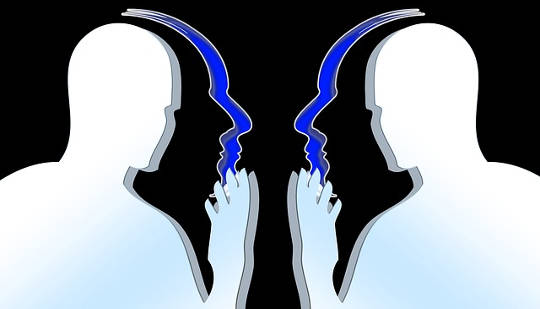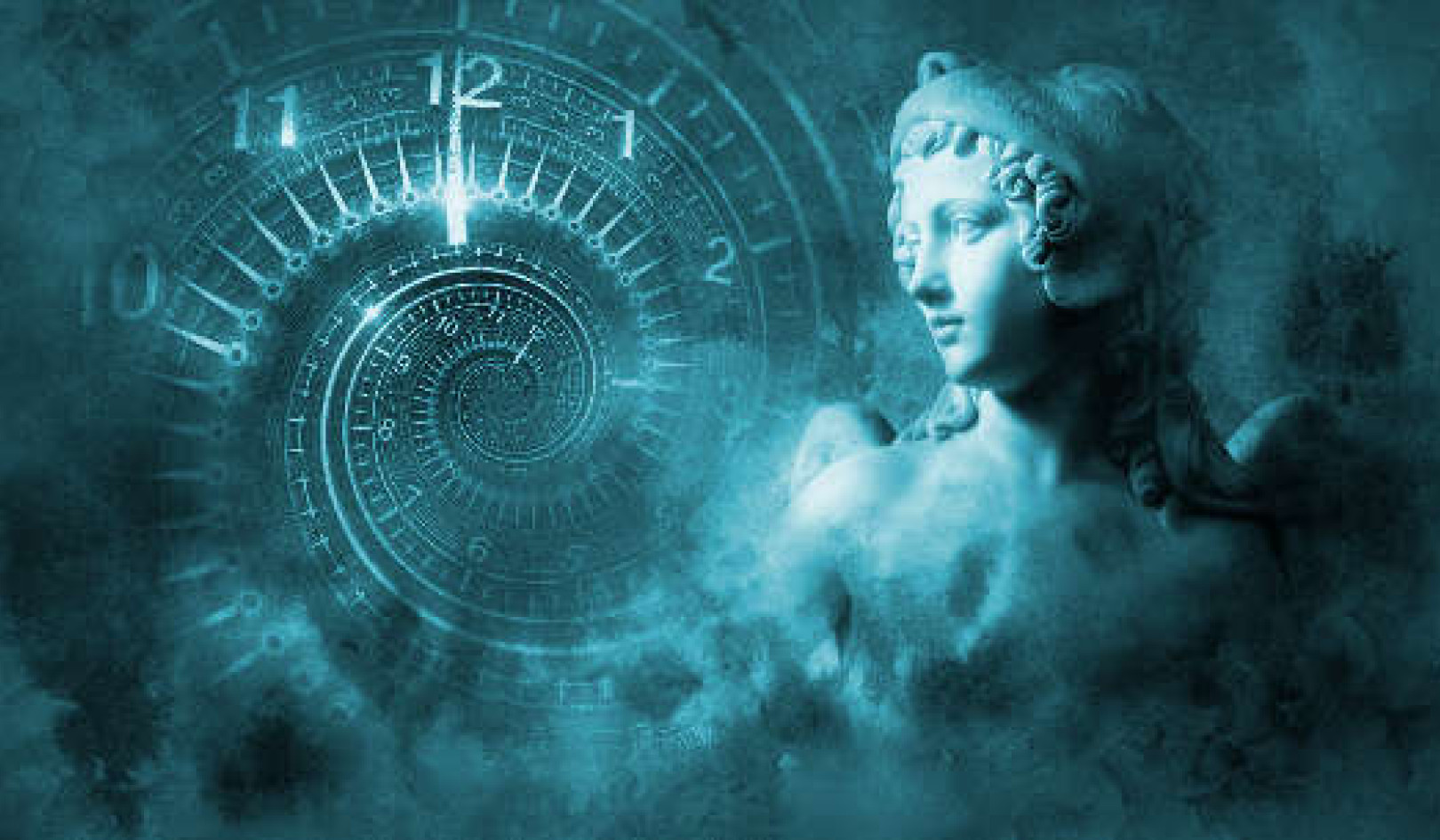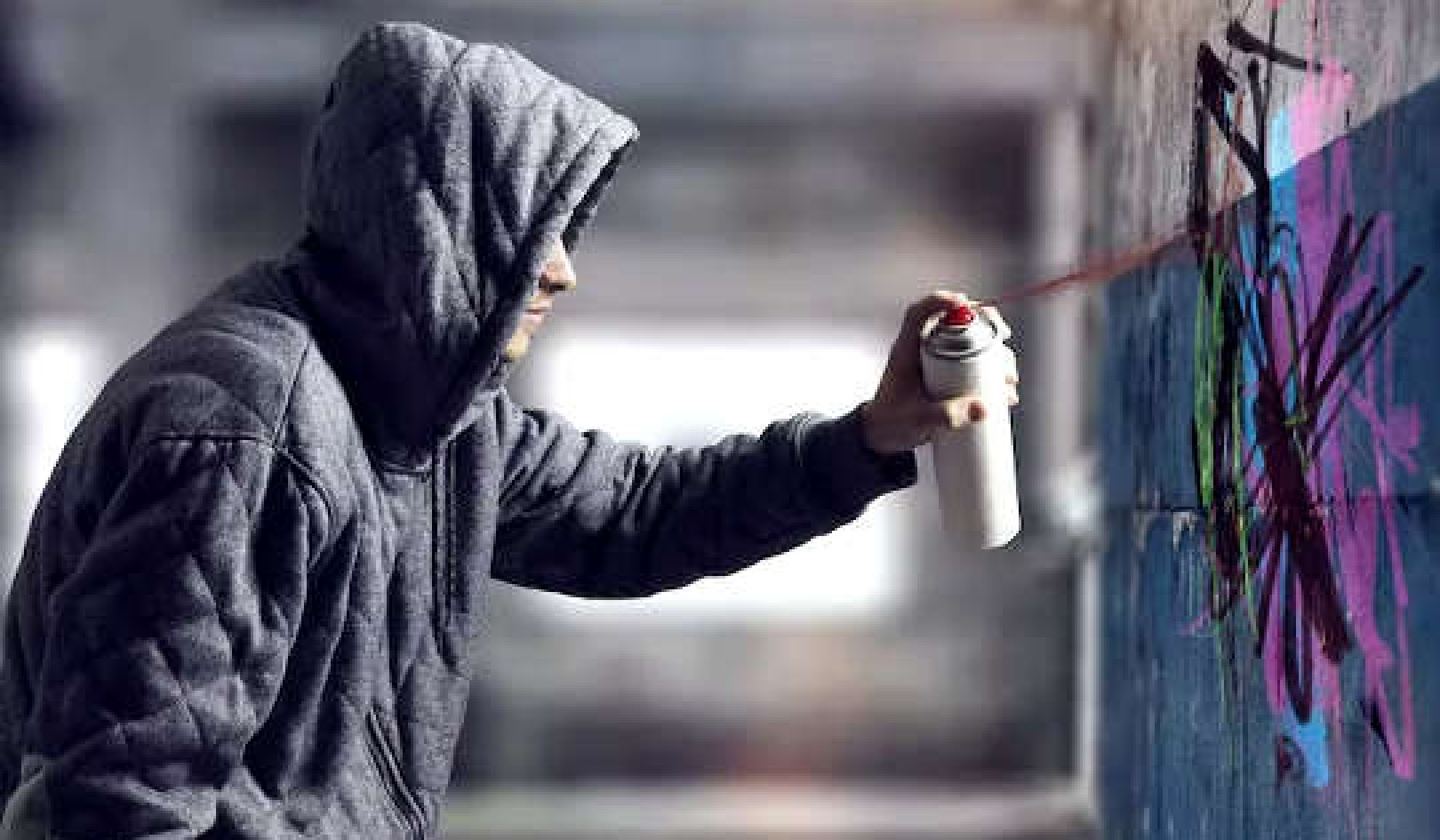
If you call forth what is in you, it will save you.
If you do not call forth what is in you, it will destroy you.
-- The Gospel of Saint Thomas
When we are authentic, we are living from our essential self; whenever we deny a truth, we are living from the social self—in other words, inauthentically. As Freya Madeline Starke phrased it, "There can be no happiness if the things we believe in are different from the things we do."
And there we have the essence of authenticity—it is the capacity to be in alignment with the essential self.
How many people do you know who say one thing, but do another? Or who think one thing and then say another? Or who feel one thing, but do another? Or who say but do different things all the time, causing you to think of them as unreliable or inconsistent?
Authenticity is the alignment of head, mouth, heart, and feet—thinking, saying, feeling, and doing the same thing—consistently. This builds trust, and followers love leaders they can trust.
One of the most obvious examples of inauthenticity is the inability to admit mistakes—to own personal fallibility. Here is where the ego has a very loud voice—not the usual incessant and misleading whispering—but a yelling in our ear of the spurious message that if we accept responsibility for making a mistake, it will make us look incompetent, flawed, and lead to personal loss or hardship, or even reprisals and punishments.
Corporate Authenticity
Look closely into any industry and you will find layers of authenticity and inauthenticity. The health-care industry provides just one startling example. Studies show that in the United States one of every 100 hospital patients suffers negligent treatment, 100,000 people die each year from prescription drugs, while over-the-counter medications kill another 40,000, and medical errors are responsible for another 195,000 deaths. As alarming as these figures are—350,000 preventable deaths in health care each year—this may be an underestimate: studies also show that as few as 30 percent of medical errors are revealed to patients.
In health care, risk managers, malpractice lawyers, and insurers generally counsel health professionals, doctors, and hospitals to “deny and defend,” warning clients that any admission of a mistake, or even an expression of regret, could lead to media and reputational fallout, loss of business, litigation, and endangered—even ruined—careers. So the general practice has been to deny liability or fault—an example of unrepentant inauthenticity—and this in an industry whose ruling precept is the Hippocratic Oath: Primum non nocere (First do no harm).
Dr. Tapas K. Das Gupta is the chairman of surgical oncology at the University of Illinois Medical Center at Chicago, and a highly regarded cancer surgeon. After viewing the X-ray that showed that he had opened up a patient and removed the wrong sliver of tissue, in this case a segment of the eighth rib instead of the ninth, he did an unusual thing: he acknowledged his error directly to the patient, and told her he was deeply sorry. Having never made such a serious error in 40 years of practice, he told his patient and her husband, “After all these years, I cannot give you any excuse whatsoever. It is just one of those things that occurred. I have to some extent harmed you."
Though most health-care lawyers would wince at such an admission, the dramatic rise in malpractice costs and demands for action against medical errors have caused a handful of leading academic medical centers, including those at Harvard, Johns Hopkins, and Stanford universities, and the University of Michigan, to try a more authentic approach. The Veterans Health Administration, which pioneered the practice of open disclosure at its hospital in Lexington, Kentucky, in the late 1980s, now requires all adverse events, even those that are not obvious, to be disclosed.
Malpractice lawyers agree that what makes patients mad is not so much the errors as their concealment—the blatant deception and the injured party's concern that it might happen again. By quickly disclosing medical errors and offering genuine apologies, along with fair compensation, some health-care leaders are attempting to reverse the loss of integrity perceived by the public, realizing that to do so will enable them to divert precious resources from costly and protracted lawsuits and channel them into learning from mistakes, while simultaneously diminishing the anger and frustration that so often feed a lawsuit.
At the University of Michigan Health System, one of the early leaders in authentic full disclosure, existing claims and lawsuits between August 2001 and August 2007 dropped from 262 to 83, according to Richard C. Boothman, the medical center‘s chief risk officer.
At the University of Illinois, greater authenticity has produced the same results: the number of malpractice filings dropped by 50 percent in the first two years since the adoption of its program of authentic disclosure, according to Dr. Timothy B. McDonald, the hospital‘s chief safety and risk officer.
We love authenticity and despise duplicity and flimflam. Out of the 37 cases where the University of Illinois Medical Center acknowledged a preventable error and apologized, only one patient filed suit and only six settlements exceeded the medical and related expenses associated with the cases.
In Dr. Das Gupta‘s case in 2006, the patient, a young nurse, retained a lawyer, but in the end chose not to sue, settling for a payment of $74,000 from the hospital. Said her lawyer, David J. Pritchard, "She told me that the doctor was completely candid, completely honest, and so frank that she and her husband—usually the husband wants to pound the guy—that all the anger was gone. His apology helped get the case settled for a lower amount of money." The patient received about $40,000 after paying medical and legal expenses and had the rib removed at another hospital, where she learned it was not cancerous. "You have no idea what a relief that was," Dr. Das Gupta said.
Straightforward, isn‘t it? The authenticity of a simple apology—the ego permitting—can cut costs, reduce anger, shorten legal proceedings, create learning opportunities, and bring the opposing parties to a place of conciliation. Transparency, openness, and authenticity are necessary conditions for getting to this place.
Personal Authenticity
Corporate authenticity is simply the sum of the personal authenticity of those in the corporation. And just as we find inauthentic organizations distasteful, we find inauthentic individuals equally so. And the reverse is true—we are inspired by authentic organizations, mainly because their cultures encourage and nourish authentic behavior, attracting employees and customers who value authenticity.
Whistle-blowers are examples of extreme authenticity, and while most of us will not be called upon to demonstrate such extraordinary levels of authenticity, the role of the whistle-blower represents a powerful benchmark for individual genuineness and courage. If we are to be inspiring leaders, then reciprocal authenticity is demanded first in our relationships with those inside our organizations and teams, and secondly, with those outside the organization. Note the order here—we cannot expect to inspire customers, suppliers, regulators, and unions with our authenticity if we cannot even practice this principle with those on our home team.
Authenticity: A Lesson We All Get—Eventually
Our ego—our social self—wraps itself in the cloak of inauthenticity. But every one of us will eventually shed this veneer, even if, for some of us, it is not until our final moments on this mortal plane. Everyone eventually gets it—some sooner than others—but no one leaves without this lesson.
Eugene Desmond O'Kelly worked for three decades for the giant accounting firm KPMG International, ultimately claiming the position of chairman and chief executive. As he neared his fifty-third birthday, he was the epitome of the hard-charging American executive—guiding the direction of 20,000 employees, focusing on changing the culture, managing corporate strategy, paying $465 million to settle charges of criminal tax fraud, racking up endless frequent flyer miles, entertaining clients—and sacrificing home and family life. He was feeling, as he would later say, "vigorous, indefatigable, and damn near immortal."
The ground shifted beneath him in the spring of 2005, when he received the news that he had inoperable late-stage brain cancer. This news was accompanied by the realization that he would probably not make it through the summer. Suddenly, the wisdom kicked in: in his typical A-type behavior, he catalogued his colleagues, friends, and family into five concentric circles, with the inner circle representing those closest to him, and he realized that he had been, "a bit too consumed by the outermost circle. Perhaps I could have found the time, in the last decade, to have had a weekday lunch with my wife more often than...twice? I realized that being able to count a thousand people in that fifth circle was not something to be proud of. It was something to be wary of."
In the 100 days between diagnosis and his passing in September of 2005, Gene O‘Kelly wrote a book (Chasing Daylight: How My Forthcoming Death Transformed My Life ) in which he would allow that one should confront one‘s own mortality sooner rather than later. But the paradox of being so organized in his death was not lost on him.
"While I do believe that the business mindset is, in important ways, useful at the end of life, it sounds pretty weird to try to be CEO of one's own death... Given the profoundness of dying, and how different its quality felt from the life I led, I had to undo at least as many business habits as I tried to maintain."
And so he began to meditate in the mornings, to search for great moments, to transition into the next state, and reflect on his legacy for his two daughters. He met with his colleagues, friends, and family, to "close" their relationships. And he came to realize that his thinking had been too narrow and his boundaries too strict.
"Had I known then what I know now," he said, "almost certainly I would have been more creative in figuring out a way to live a more balanced life, to spend more time with my family."
His widow, Corinne, says this was his one regret. Although he had begun to find a better balance before he became sick, he ran out of time.
Authenticity is about being real, transparent, and balanced. Authentic people are more committed to being than doing—to living openly in ways that inspire others. And most importantly, when we are authentic, we are honoring the essential self.
©2010. The Secretan Center Inc.
Article Source
 The Spark, the Flame, and the Torch: Inspire Self. Inspire Others. Inspire the World
The Spark, the Flame, and the Torch: Inspire Self. Inspire Others. Inspire the World
by Lance H.K. Secretan.
Click here for more info and/or to order this book.
About the Author
 Dr. Lance Secretan is the former CEO of a Fortune 100 company, university professor, award-winning columnist and author of more than 14 books about inspiration and leadership. He is an executive coach to leaders globally and works intensely with organizations and their leadership teams to transform their culture into the most inspirational in their industries. Dr. Secretan is the recipient of many awards, including the International Caring Award, whose previous winners include, Pope Francis, the Dalai Lama, President Jimmy Carter and Dr. Desmond Tutu. Lance is an expert skier, kayaker and mountain biker, and he divides his time between homes in Ontario and Colorado. Visit his website at www.secretan.com.
Dr. Lance Secretan is the former CEO of a Fortune 100 company, university professor, award-winning columnist and author of more than 14 books about inspiration and leadership. He is an executive coach to leaders globally and works intensely with organizations and their leadership teams to transform their culture into the most inspirational in their industries. Dr. Secretan is the recipient of many awards, including the International Caring Award, whose previous winners include, Pope Francis, the Dalai Lama, President Jimmy Carter and Dr. Desmond Tutu. Lance is an expert skier, kayaker and mountain biker, and he divides his time between homes in Ontario and Colorado. Visit his website at www.secretan.com.

























